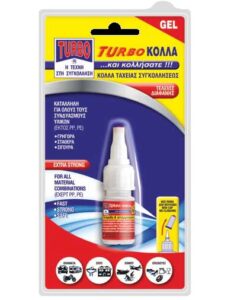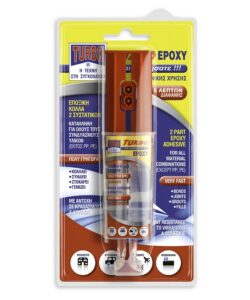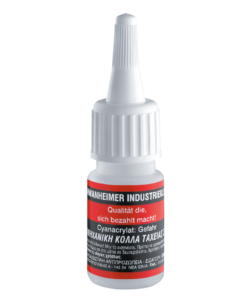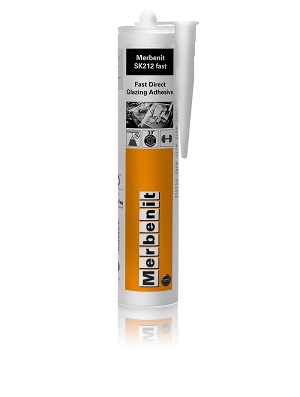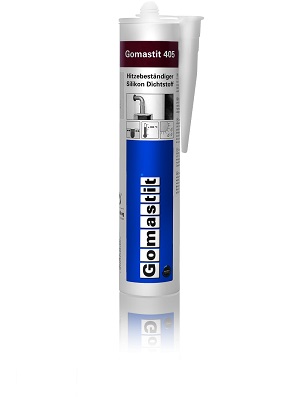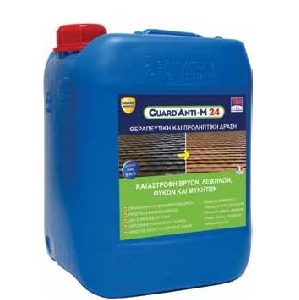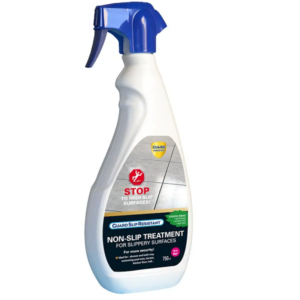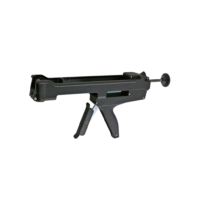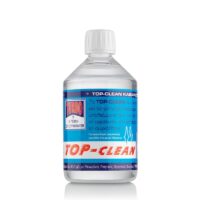This will provide the e-commerce site with the exact cost of goods sold for its business. Therefore, a business needs to determine the value of its inventory at the beginning and end of every tax year. Its end-of-year value is subtracted from its start-of-year value to find the COGS.
How to Create a Cost of Goods Sold Journal Entry
You record both as increases in inventory when they happen because they add to your product’s total cost. As sales occur, record them as part of COGS, reducing your net income on financial statements—but they’re necessary investments that bring in future revenue. That may include the cost of raw materials, the cost of time and labour, and the cost of running equipment.
Cost of goods sold: How to calculate and record COGS
This will help you spot mistakes or trends in your accounting accuracy. Check that each item’s cost is recorded right during the accounting period. Make sure they match up with receipts, invoices, and other financial records. Each hammer swing and saw cut chips away at your overall inventory value—these actions need clear recording on financial statements for accurate cost tracking. Debiting and crediting inventory correctly is a must for accurate financial records. This decrease shows up in the books as a debit to Cost of Goods Sold and a credit to Inventory.
Twitty’s Books began its 2018 fiscal year with $330,000 in sellable inventory. By the end of 2018, Twitty’s Books had $440,000 in sellable inventory. Throughout 2018, the business purchased $950,000 in inventory. First in, the first out method values inventory at the earliest value of inventory. The cost of goods sold is measured according to the prior inventory purchased rather than the recent one. Debit your COGS account and credit your Inventory account to show your cost of goods sold for the period.
Another purpose of studying the correct way to enter the cost of goods sold related transactions in the books is that they provide support during audit procedures. These transactions related to cost of goods sold general journal entry, give a clear picture of the initial steps of production which is used to ultimately arrive at the profitability figure. This entry matches the ending balance in the inventory account to the costed actual ending inventory, while eliminating the $450,000 balance in the purchases account. The cost goods sold is the cost assigned to those goods or services that correspond to sales made to customers. Levon Kokhlikyan is a Finance Manager and accountant with 18 years of experience in managerial accounting and consolidations.
Costs Included in COGS
Your profit margin is the percentage of profit you keep from each sale. Understanding your profit margins can help you determine whether or not your products are priced correctly and if your business is making money. Typically, calculating COGS helps you determine how much you owe in taxes at the end of the reporting period—usually 12 months. By subtracting the annual cost of goods sold from your annual revenue, you can determine your annual profits.
And this is usually done bench accounting @benchaccounting in order to close the company’s accounts at the end of the period after taking the physical count of the ending inventory. A current asset whose ending balance should report the cost of a merchandiser’s products awaiting to be sold. The inventory of a manufacturer should report the cost of its raw materials, work-in-process, and finished goods.
Both the Old UK generally accepted accounting principles (GAAP) and the current Financial Reporting Standard (FRS) require COGS for Income Tax filing for most businesses. The terms ‘profit and loss account’ (GAAP) and ‘income statement’ (FRS) should reflect the COGS data. We will illustrate the FIFO, LIFO, and weighted-average cost flows along with the periodic and perpetual inventory systems. This will be done with simple, easy-to-understand, instructive examples involving a hypothetical retailer Corner Bookstore.
- Inventory is recorded and reported on a company’s balance sheet at its cost.
- For the past 52 years, Harold Averkamp (CPA, MBA) has worked as an accounting supervisor, manager, consultant, university instructor, and innovator in teaching accounting online.
- By the end of production, the cost to make gold rings is now $150.
For the past 52 years, Harold Averkamp (CPA, MBA) hasworked as an accounting supervisor, manager, consultant, university instructor, and innovator in teaching accounting online. He is the sole author of all the materials on AccountingCoach.com. For the past 52 years, Harold Averkamp (CPA, MBA) has worked as an accounting supervisor, manager, consultant, university instructor, and innovator in teaching accounting online.
These are the wages paid to workers who directly make products. This includes manufacturing labor and other direct labor expenses tied to production. Now that we’ve covered what COGS is, let’s delve into why it’s vital to record it in journal entries. Accurate COGS recording helps determine a company’s true gross profit. This figure is key for investors and managers who need to make informed decisions. You need to know how much you spent on goods you sold during an accounting period.
Inventory costing methods
The inventory account is of a debit nature, and crediting it will decrease the value of closing inventory. The cost of goods sold is also increased by incurring costs on direct labor. For example, at the end of the accounting period, we take the physical count of the inventory and determine that the ending balance of inventory is $40,000 using the weighted average cost method. Gather information from your books before recording your COGS journal entries. Collect information ahead of time, such as your beginning inventory balance, purchased inventory costs, overhead costs (e.g., delivery fees), and ending inventory count. That part of a manufacturer’s inventory that is in the production process and has not yet been completed and transferred to the finished goods inventory.
Plus, your accountant will appreciate detailed records come tax time. Some service companies may record the cost of goods sold as related to their services. But other service companies—sometimes known as pure service companies—willn’t record COGS at all. The difference is, some service companies bookkeeping services atlanta don’t have any goods to sell, nor do they have inventory. The average cost method, or weighted-average method, doesn’t take into consideration price inflation or deflation. Instead, the average price of stocked items, regardless of purchase date, is used to value sold items.
This expense is part of inventory costs and directly affects the value of goods sold. These ledger reflections serve as a financial narrative, detailing how production elements translate into accounting stories on paper. Without precise COGS entries, financial statements might paint a misleading picture of profitability. The above example shows how the cost of goods sold might appear in a physical accounting journal. When calculating COGS, the first step is to determine the beginning cost of inventory and the ending cost of inventory for your reporting period.



